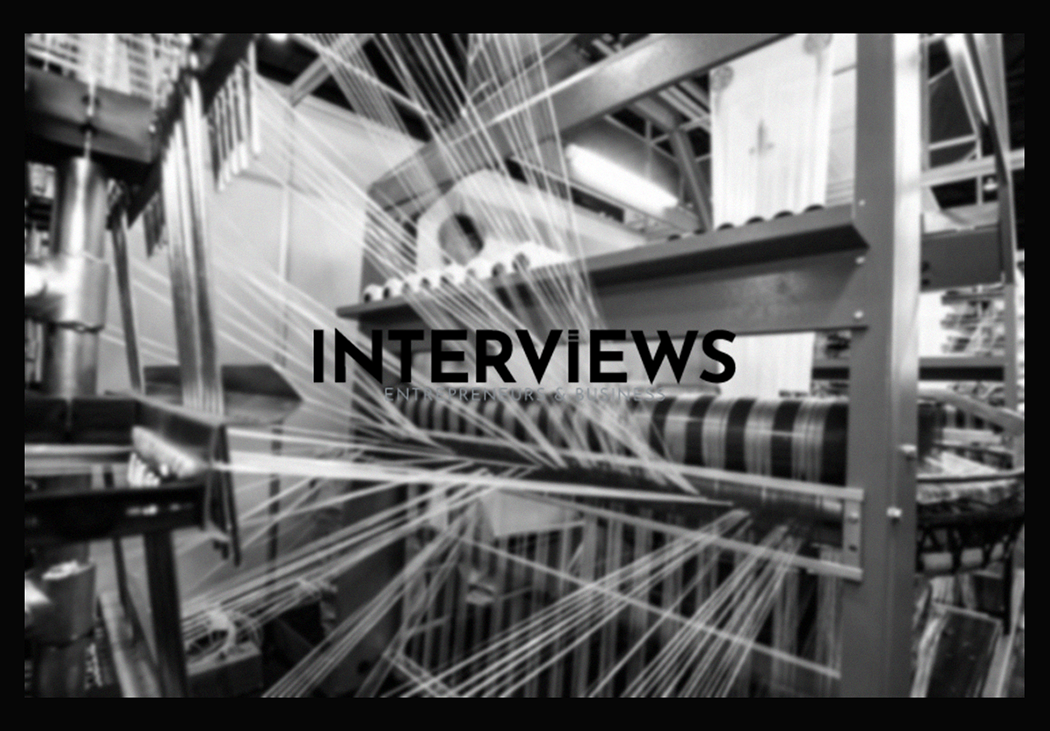Ditch the Hype, Dive into Mexican Apparel Manufacturing: Your No-BS Guide
Are you deciding where to produce your next clothing line? Buzzwords like “ethical” and “sustainable” flood the scene. Let’s clear the air. Mexico may not be top-of-mind for fashion, but it should be. This country is emerging as a major contender, especially against fast fashion.
Why Mexico? Let’s Talk Cold, Hard Facts (and Savings)
Why have companies suddenly turned to Mexican manufacturing? Simple: Cost savings.
Labor Costs That Won’t Make You Gasp (In Horror): Labor rates in Mexico? Approximately 70% lower than in the U.S. and most developed nations. That’s substantial savings you could redirect into quality materials.
Beyond Labor: The Savings Stack Up: It’s not just cheap labor. Explore lower real estate, reduced utility fees, and tax incentives through programs like IMMEX/Maquiladora. It’s like scoring a deal in the manufacturing world.
Where the Magic Happens: Mexico’s Manufacturing Hubs
Mexico is not merely one large factory site. Key areas bustle with production. Here are the standout manufacturing locales:
- Baja California & The US-Mexico Border Region: Proximity, proximity, proximity. Need more reasons?
- El Bajío: A significant industrial center that excels in manufacturing.
- Mainland Mexico: Expansive and diverse, each region has specific strengths.
Mexico vs. The Usual Suspects: China, Bangladesh, and Beyond
Countries like China, Bangladesh, Vietnam, and India are well-known leaders in clothing production. They dominate fast fashion with high volume and debates on ethics. While these nations offer low-cost manufacturing, it’s often tied to questionable practices.
Mexico plays a different game. It seeks quality over quantity. Ethical practices and sustainability are priorities here. Plus, its close proximity to the U.S. makes it a logistical advantage.
Ethical Fashion? Mexico Might Surprise You
“Ethical fashion” can often seem like just another marketing angle, but Mexico is making real progress. Fast fashion concerns often arise from certain countries, but Mexico is steering its path towards sustainability and ethical production.
Shein Shame? Mexico’s Got a Different Story: Purchasing from brands like Shein raises ethical questions. Labor exploitation? Check. Environmental harm? Absolutely. Opaque supply chains? That too. Mexico presents a chance to evade that type of fast fashion problem.
What’s Coming off the Mexican Production Line?
Mexico produces more than basic shirts. It boasts history, expertise, and variety.
- Cotton and Wool: These classic fabrics are woven on traditional backstrap looms and European pedal looms.
- Handcrafted Textiles: Indigenous communities in rural central and southern Mexico maintain textile traditions with exquisite handcrafted works.
- Traditional Garments: Huipils, Sarapes, and Sombreros represent a deep textile history rather than tourist souvenirs.
Safety First (and Second, and Third)
Concerned about safety? Mexico’s manufacturing sector has a strong record. Despite sensational headlines, violence against workers is uncommon. Risks exist, but Mexico isn’t as chaotic as media portrayals suggest.
Maquiladoras: Decoding the Term
Heard of “maquiladoras”? They are vital for understanding Mexican manufacturing.
Maquiladora Defined: A factory in Mexico that assembles imported components and exports finished goods, often back to the U.S.
Why Maquiladoras Matter: Companies favor maquiladoras for cost reduction, less regulatory burden, and access to competitive labor. They benefit businesses despite ongoing debates about long-term impacts.
The Mexican Economic Landscape: Beyond Apparel
Mexico’s economy boasts surprising diversity. Apparel is one part, not the whole picture.
Major Industries in Mexico: Besides textiles, major sectors include tobacco, aerospace, petroleum, and mining. It’s not solely a textile economy.
Economic Engines: Oil, remittances from the U.S., exports, agriculture, tourism, and industry fuel economic growth. It’s a mix of traditional and modern economic sectors.
Booming Sectors: Automotive, electronics, aerospace, medical devices, and consumer goods thrive in Mexico. It’s not only about apparel; it’s part of a wider boom in manufacturing.
Quality of Life: The Human Factor
The human aspect matters. Manufacturing involves people as well as machines.
Quality of Life in Mexico: It’s complex. Lower living costs and favorable climate are benefits. Yet income inequality, crime in areas, and healthcare system challenges remain significant issues. Quality of life varies based on region and economic status.
Average Income Reality Check: Median salary for 2023? Around $1,700 USD monthly. Minimum wage by 2025? About $12-18 USD daily, depending on the area. These figures vary dramatically from U.S. wages where workers earn closer to $18/hour.
Risks and Realities: Let’s Be Honest
Mexico has risks that cannot be ignored. Addressing downsides is crucial because optimism alone helps no one.
Security Concerns: Organized crime, extortion, and corruption are pressing issues in Mexico. Companies must consider security threats that affect supply chains, worker safety, and overall operations.
Major Problems: Human rights issues persist. Unlawful killings, disappearances, torture, and poor prison conditions are serious factors that should not be ignored. Understanding these social issues is essential.
Cultural Context: More Than Just Margaritas
Culture impacts everything including fashion and business. Mexico features a complex cultural heritage.
Cultural Influences: Indigenous cultures like the Aztecs and Mayans combined with Spanish colonialism create a rich tapestry of influences. Colors play a vital role in everyday life and clothing.
Dress Code Notes: Mexicans generally dress formally and modestly. Wearing local attire helps blend in and may reduce unwanted attention. Opt for longer skirts and less revealing tops.
Religious Landscape: Roman Catholicism is predominant at about 78%, with significant Protestant/Evangelical minorities present. Religion influences social norms without state sponsorship.
Who’s Already There? Big Names in Mexico
Mexico isn’t uncharted land. Major international brands operate here.
US Companies in Mexico: General Motors, Ford, Intel, Honeywell, Lyft, BigCommerce, Arrow Electronics represent just a handful of U.S. companies established there.
Global Players Investing: Samsung, Daewoo, Amazon, Nissan, Bosch, Heineken, Walmart, Home Depot join others expanding in Mexico. This trend is worldwide rather than isolated to the U.S.
Even Gucci (Briefly) Dipped a Toe: Gucci briefly collaborated with a Mexican leather company. This suggests high-fashion brands have considered potential in Mexican manufacturing under specific conditions.
The Reshoring Ripple: Factories Coming Back?
A shift appears to be happening. Are factories relocating from Asia back to the Americas?
Reshoring Trend: Yes, “reshoring” is emerging. Factories return to the U.S., driven by supply chain issues and political factors. This trend lessens risk for many firms as they embrace “nearshoring” in Mexico.
China’s Shifting Role: As U.S.-China trade tensions grew, Mexico became the largest U.S. trading partner in 2023. Manufacturing dependency on China declines while reliance on Mexico increases.
Final Verdict: Mexico – Worth a Look?
Is Mexico your ideal manufacturing locale? That hinges on your goals. If lowest prices matter more than ethics or quality, stick with standard fast-fashion regions.
If you seek a balance of savings, adequate quality, ethical possibilities, and logistical benefits close to the U.S., consider Mexico seriously. It has imperfections but stands as a strong option without neglecting quality expectations. Just stay informed, conduct thorough research, and perhaps learn some Spanish.





